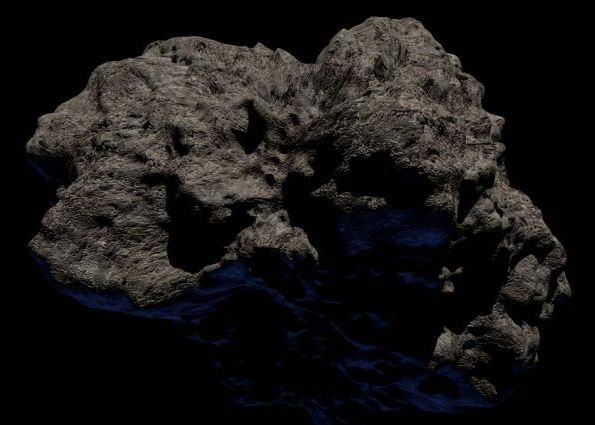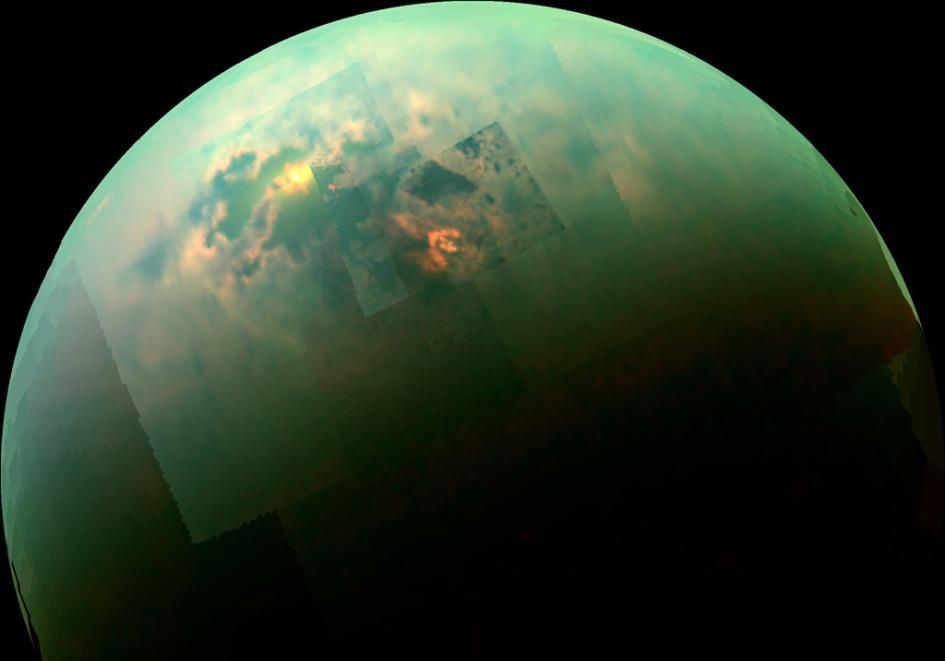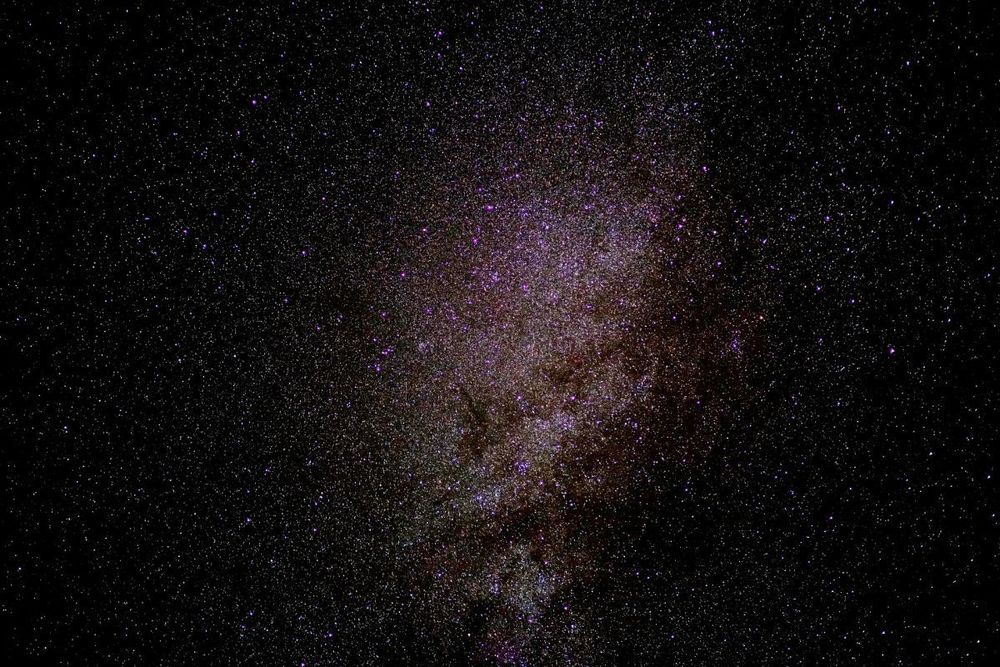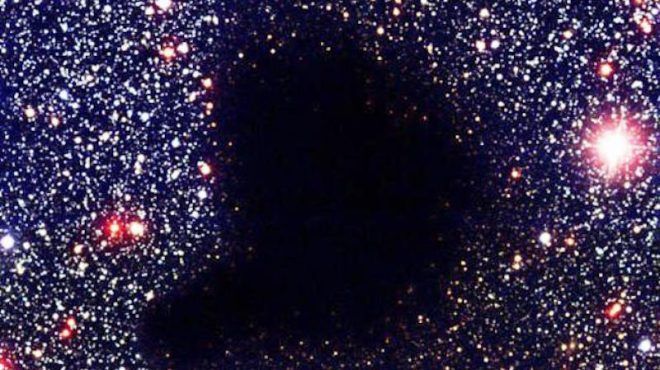Scientists discovered a microbe that eats metals found in meteorites, a discovery expected to guide efforts to identify alien life in space.



Morgan Cable crafts alien environments in miniature. She can stir up a shot-glass-size lake, unleash gentle spritzes of rain, and whip up other wonders to mimic the bizarre surface of Saturn’s moon Titan. In this far-flung world, temperatures plunge hundreds of degrees Fahrenheit below zero, and rivers of liquid methane and ethane sculpt valleys into a frozen landscape of water ice.
“We can, in a way, touch Titan here in the lab—even though it’s millions of miles away,” says Cable, who is a scientist in the Astrobiology and Oceans Worlds Group at NASA’s Jet Propulsion Laboratory.
While they’ve been working with these mini worlds for years, the team’s latest tiny Titan facsimile is making waves: By mixing acetylene and butane in a novel way, they’ve created a previously unknown type of “mineral.” The new substance doesn’t precisely fall under the common definition of an earthly mineral, since it still requires confirmation that it can form in nature. Instead, it is technically known as a co-crystal.
The astronauts who will one day explore Mars may be able to use a smart glove integrated into their space suits to control drones, using a simple hand gesture or finger movement. NASA and the SETI Institute have improved on a connected object created by a Norwegian start-up by the name of Ntention in order to integrate it into the thick and rigid suits worn by space explorers.

The higgs boson is most likely the greatest particle because it could allow for antigravity because it turns off the mass of an object. Basically it would be the master key for even understanding the dimensions of physics. Simply by allowing a near genesis. It can essentially allow for matter creation a sorta building block for creation. It is one of the greatest particles ever discovered. A particle so powerful that when harnessed it would almost allow for anything to happen. You could have crispr teleportation with higgs field dampening. Let’s say that myth is real then if it were real then it would lead to a particle like the higgs boson. Once harnessed it could allow for alien like technologies essentially a very powerful particle to allow to true impossibilities. I think even in a grain of sand we can find endless possibilities which is proof evident of something beyond understanding. Some have said that we started out in just hydrogen but the physics created the universe. Which would mean once the higgs is harnessed it could allow for creation technology or what the exterrestials knew for generations that we are never alone the universe is filled with wonder. Basically the higgs would allow for antigravity but all the mythological things. It would prove the existence of aliens even god most likely. Science could prove the most important thing that it could bring civilization into a new level technology no longer bound by terrestrial things but essentially it could allow for anything once harnessed.
Theoretical physicist Lawrence Krauss explains the possible meaning and significance of finding the Higgs.


O,.,o.
In 1981 astronomer Robert Kirshner made a shocking intergalactic discovery. 700 million light years from the Earth lies an enormous, barren sphere known as the Boötes Void. Its very existence challenges what we know about the universe and its origins. The Void is at least ten times larger than the rules of modern physics say is reasonably likely. As a structure, the Void verges on the impossible.
Yet, this disturbing formation is consistent with Nikolai Kardashevs 1962 theory of advanced alien civilizations and their behavior. Could it be home to a hyper-intelligent extraterrestrial species? A void is a massive region of space that holds either minimal or no galaxies. They are created when mass collapses, and is followed by subatomic particle implosions. With a diameter of 330 million light years, the Boötes Void makes up 0.27% of the observable universe. But according to established scientific understanding its huge size is impossible. The Big Bang theory states that the universe is 14 billion years old, and that it has been expanding exponentially since its birth. Given the age of the universe, there has only been enough time for voids to form that are tens of millions of light years across, not hundreds. Stranger still, is just how empty the Bootes Void is.
It contains only 60 galaxies, around 10,000 fewer than we should expect to find in such a vast expanse. Many believe this means the void is the first observable proof of a Kardashev scale III master race civilization. In 1964 Nikolai Kardashev – now Deputy Director of Russias Astro Space Centre – published his theory for extra terrestrial development, arguing that civilizations develop in 4 stages. A civilization reaches the third phase when it becomes so technologically advanced that it is able to convert starlight into usable energy. At this point, the species is able to replicate itself at astonishing rates, spreading out across the universe and colonizing galaxies. Many consider this is a necessary step for any civilization to avoid extinction. Could this explain the Voids chilling dearth of stars?
Lex Fridman had a great conversation with Dr. Dava Newman, a Professor in the Department of Aeronautics and Astronautics and Engineering Systems at MIT and affiliate faculty in the Harvard-MIT Health Sciences and Technology Program, on Space Exploration, Space Suits, and Life on Mars.
Discover what lies beyond the Ring Gate as the Rocinante lands on Ilus to find tensions at a full boil. Full season coming December 13, 2019 on Amazon Prime Video.
» The Expanse returns 12/13. Watch the current season with Prime: http://bit.ly/TheExpansePrimeVideo
» SUBSCRIBE: http://bit.ly/PrimeVideoSubscribe
About The Expanse:
The disappearance of rich-girl-turned-political-activist Julie Mao links the lives of Ceres detective Joe Miller (Thomas Jane), accidental ship captain James Holden (Steven Strait) and U.N. politician Chrisjen Avasarala (Shohreh Aghdashloo). Amidst political tension between Earth, Mars and the Belt, they unravel the single greatest conspiracy of all time.
About The Expanse Seasons 2:
In this noir thriller set two hundred years in the future, the case of a missing young woman leads a washed-up detective across the solar system to uncover the greatest conspiracy in human history.
About The Expanse Seasons 3:
As the Rocinante crew digs deeper into the search for Prax’s missing daughter, the war between Earth and Mars turns deadly in ways the solar system has never seen. But a new threat in the outer reaches of the Belt could prove much more dangerous, threatening to test the very future of humanity.
About The Expanse Seasons 4:
